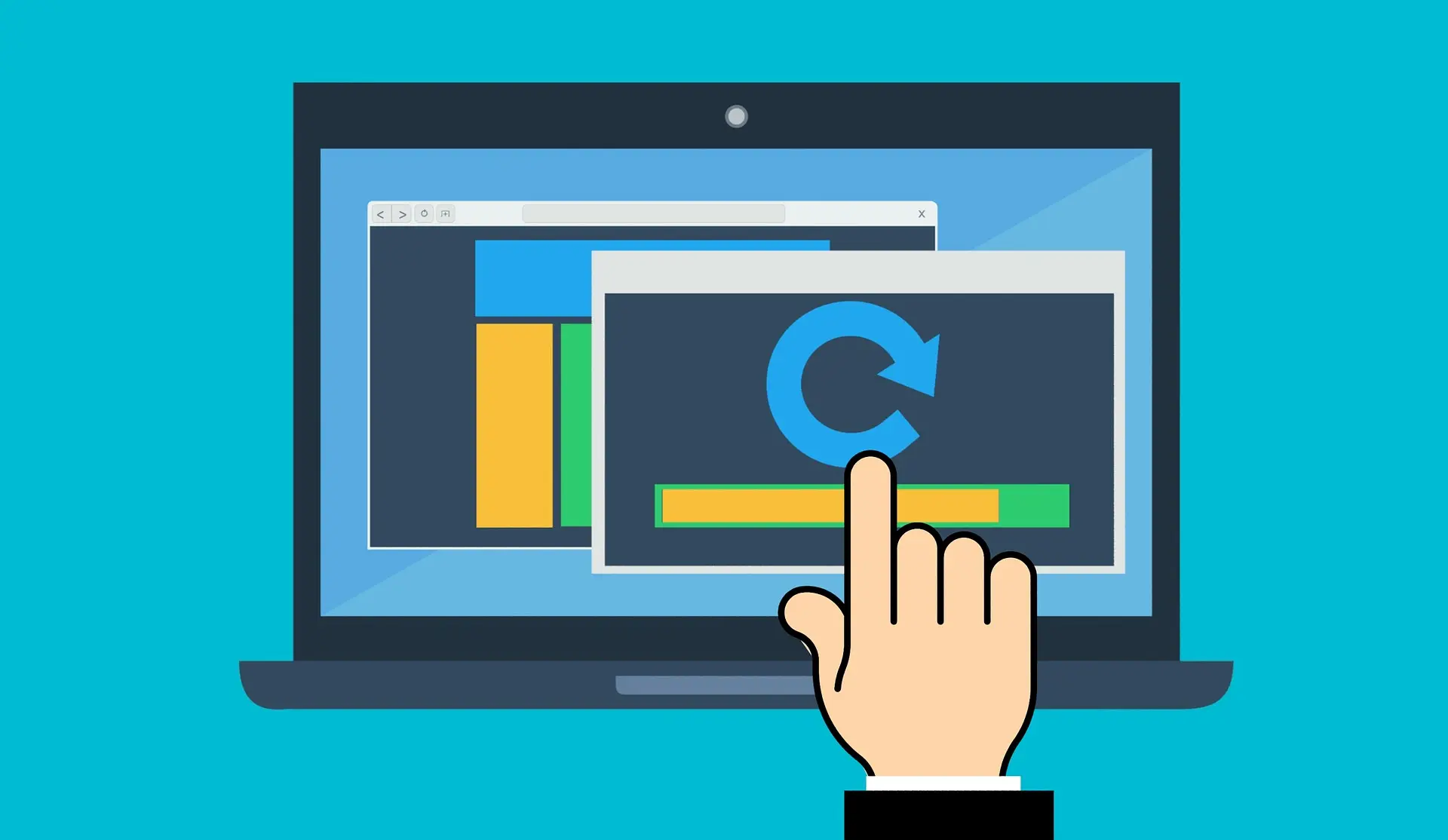A virtual machine (VM) is a software environment that simulates a physical computer system. It allows you to run programs and deploy apps on a different operating system or platform than the one you are using. For example, you can run Windows on a Mac, or Linux on a Windows PC, using a VM.
A VM has its own CPU, memory, disk, network, and other resources, and behaves like an independent computer. However, it relies on the physical hardware of another computer, called the host, to function. The host provides the resources that the VM uses, and can run multiple VMs at the same time.
The software that creates and manages VMs is called a hypervisor or a virtual machine monitor (VMM). The hypervisor acts as an intermediary between the host and the guest systems, and allocates the resources that each VM needs. There are two types of hypervisors:
- Type 1 or bare-metal hypervisors: These run directly on the host’s hardware, without requiring an underlying operating system. They are more efficient and secure, but less flexible and compatible. Examples of type 1 hypervisors are VMware ESXi, Microsoft Hyper-V, and Oracle VM Server.
- Type 2 or hosted hypervisors: These run on top of an existing operating system on the host, and use its drivers and services to access the hardware. They are more user-friendly and versatile, but less performant and isolated. Examples of type 2 hypervisors are Oracle VM VirtualBox, VMware Workstation Player, and Parallels Desktop.
 Image by Mohamed Hassan from Pixabay
Image by Mohamed Hassan from Pixabay
Virtual Machine: Benefits
VMs offer many benefits for various use cases, such as:
- Testing and development: You can use VMs to create different testing environments for your software or apps, without affecting your main system or needing multiple physical machines. You can also easily switch between different operating systems or versions, and test how your software behaves on them.
- Security and isolation: You can use VMs to isolate your sensitive data or applications from potential threats or malware, by running them in a separate virtual environment. You can also use VMs to sandbox untrusted or unknown programs or files, and prevent them from harming your host system.
- Backup and recovery: You can use VMs to create snapshots or backups of your entire system state, including the operating system, applications, and data. You can then restore them quickly in case of a disaster or failure, or migrate them to another host if needed.
- Education and training: You can use VMs to teach or learn about different operating systems or platforms, without having to install them on your physical machine. You can also use VMs to simulate different scenarios or situations for training purposes.
- Compatibility and legacy: You can use VMs to run older or incompatible software or apps that may not work on your current system or platform. For example, you can run Windows XP on a Windows 10 PC using a VM.
Virtual Machine: Challenges
VMs also have some challenges or limitations that you should be aware of, such as:
- Performance overhead: Running a VM requires more resources than running a native system, as you have to run both the host and the guest operating systems at the same time. This may result in slower performance or reduced functionality for some applications or tasks.
- Storage space: Creating a VM requires allocating a certain amount of disk space for its virtual hard drive, which may not be easily resized or reclaimed later. This may consume a lot of storage space on your host system, especially if you have multiple VMs.
- Licensing and compliance: Running a VM may require obtaining a separate license or permission for the guest operating system or software that you want to use. This may incur additional costs or legal issues if you do not comply with the terms and conditions of the license agreement.
Popular Virtual Machines
There are many virtual machine software programs available for different platforms and purposes.
Here are some of the most popular ones:
- VMware Workstation Player: This is a free version of VMware Workstation Pro for personal use. It allows you to create and run Windows, Linux, and other operating systems on your Windows or Linux PC. It supports DirectX 11 and OpenGL 4.1 for graphics-intensive applications. It also integrates with VMware vSphere for enterprise-level management. You can download it from here.
- Oracle VM VirtualBox: This is a free and open-source virtualization software that runs on Windows, Mac OS X, Linux, Solaris, and other platforms. It supports a wide range of guest operating systems, including Windows, Linux, BSD, OS/2, Solaris, Haiku, and others. It also supports many advanced features, such as snapshots, cloning, encryption, 3D acceleration, and USB passthrough. You can download it from here.
- Parallels Desktop: This is a premium virtualization software that runs on Mac OS X. It allows you to run Windows, Linux, and other operating systems on your Mac without rebooting. It also offers seamless integration with Mac OS X, such as using Mac gestures, accessing Mac files, and sharing Mac printers. It also supports DirectX 11 and OpenGL 3.2 for gaming and graphics applications. You can download a free trial from here.
- Hyper-V Manager: This is a built-in virtualization feature of Windows 10 Pro, Enterprise, and Education editions. It allows you to create and run Windows, Linux, and other operating systems on your Windows PC. It also supports many advanced features, such as dynamic memory, checkpoints, live migration, and nested virtualization. You can enable it from the Windows Features dialog box or the PowerShell command.
- QEMU: This is a free and open-source emulator and virtualizer that runs on Linux and other platforms. It can emulate various architectures, such as x86, ARM, PowerPC, Sparc, and others. It can also run unmodified guest operating systems directly on the host hardware using KVM (Kernel-based Virtual Machine) or Xen hypervisors. You can download it from here.
 Image by Reto Scheiwiller from Pixabay
Image by Reto Scheiwiller from Pixabay
How to Get and Install Virtual Machine
The process of getting and installing VMs may vary depending on the software you choose and the platform you use.
However, the general steps are:
- Download the virtual machine software from its official website or source.
- Install the software on your host system by following the instructions or wizard.
- Launch the software and create a new virtual machine by specifying its name, type, memory size, disk size, and other settings.
- Insert or mount the installation media (such as CD/DVD or ISO file) of the guest operating system that you want to use.
- Start the virtual machine and follow the installation steps of the guest operating system.
- Install the guest additions or tools (if available) to improve the performance and integration of the virtual machine.
- Enjoy your virtual machine!
___________
I remember being around 16 years old and stoked when I first discovered Virtual Machines. I tried installing them on my old PC.
Firstly, I had no idea what to use them for. Then, I’ve discovered Linux OS and had some fun with it. However, that feeling of gaining knowledge and trying something new was and is still something irreplaceable for me.
Let us know your thoughts and experiences within the Virtual Machines world! 🙂
Related Posts
___________
© cashmeere
